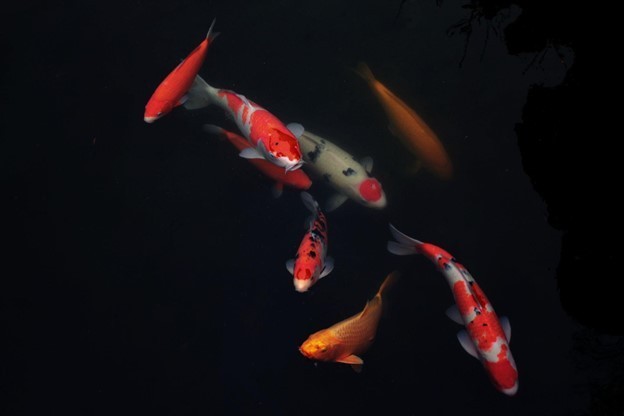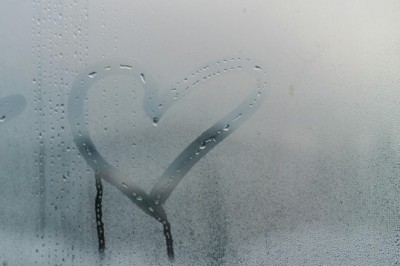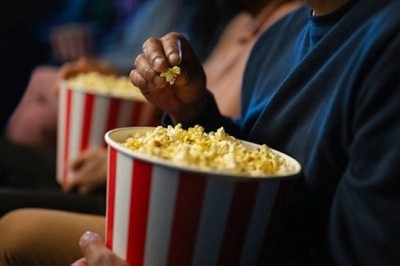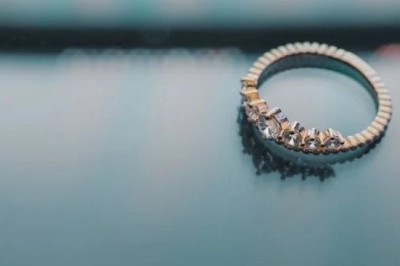views

Few people in the world haven’t seen or encountered Koi. They have found their way into people’s homes and ponds and are being bred by enthusiasts all over the world. Keeping Koi has become a separate and distinct hobby in its own right: there is a vast array of Koi varieties available, and breeders are continually producing new color strains through selective Koi breeding.
General Information on Koi
Koi, or Nishikigoi, which in Japanese translates to “brocaded carp,” are a separated, domestic strain of Cyprinus carpio, tracing their ancestry and genetics to the common European carp.
Roughly 2000 years ago, Koi were transported from the waters of Eurasia to Japan via land and sea. Koi fish were chosen because they were hardier than most fish and were capable of surviving the journey.
In Japan, Koi were kept in irrigation and reservoir ponds located above rice paddies. Someone may wonder how to breed koi fish. Koi breeding originated to produce a food source to supplement the primarily rice and vegetable diet of the people. Being isolated in ponds and breeding for hundreds of years eventually gave way to mutations in the form of color morphs. While it is a subject of some debate, most historians believe the first color morphs appeared in the early to mid-1800s.
Keeping Koi in Aquariums
Much like their distant Goldfish cousins, Koi are popular aquarium fish. They do well in unheated aquariums with a stable temperature between 60-70 degrees Fahrenheit (15-22 degrees Centigrade).
It is important to realize that Koi is a very large-growing fish and, ideally, should be kept in a pond when they grow older. Koi can reach a length of three feet, meaning a very large aquarium would be required to keep even a single adult specimen.
Koi are not only large fish, but they are also big eaters and therefore big poopers. Koi produce large amounts of urine and require ample, powerful filtration to keep the aquarium water clean and avoid potential health problems.
Proper aeration of the water is another critical aspect of keeping Koi. They are large fish and are highly dependent on large amounts of dissolved oxygen present in the water. Realize too that the warmer the water is, the less dissolved oxygen the water is capable of holding.
Keeping Koi in Ponds koi fish meaning
Koi are the quintessential pond fish. Their color and character add style and depth to any garden or outdoor pond. Keeping Koi in a pond is very much like keeping them in an aquarium, as their needs will be roughly the same.
Koi ponds are best kept in temperate climates that do not experience extreme hot or cold temperatures. People keeping Koi in colder climates should consider using Koi pond heaters or bringing the Koi indoors during the winter and cold spells.
In warmer climates, generous amounts of the shade should be provided for the fish to escape the heat of direct sunlight. Remember that higher temperatures strip the water of dissolved oxygen, so extra aeration will be a necessity. As with all Koi, a substantial pond filter will also be required.
Another major concern when keeping Koi is predation by local wildlife. Many Koi owners make the mistake of placing their fish in ponds with dimensions that are too small and confining. Not only do the Koi need space to swim around, but they need ample room to avoid the attempts made by predators. Likewise, many make their Koi ponds too shallow and the fish are easy prey for birds, raccoons, and other pests. Depending on the circumstances, even more, elaborate preparations may be required to repel predators.
Like the established gardens they are often found in, koi fish meaning is underestimated as many people’s the hobby of Koi keeping is an art form steeped in patience and elegance. A person can keep Koi for a lifetime and still be considered an amateur due to the vast array of Koi varieties and their robust longevity. Other than providing the proper care and space requirements, there should be no reservations about keeping koi. Having Nishikigoi outlive oneself and passing them down to other enthusiasts is a sign of good husbandry and proper fish care.
About the author: Nicholas H. Parker is a content. He used to manage the content team at the company he worked for. Currently, Nicholas writes articles to share his knowledge with others and obtain new skills. Besides, he is highly interested in the web design sphere.























Comments
0 comment